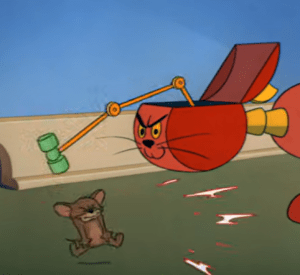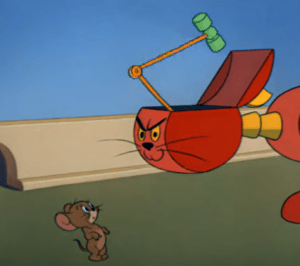Recitation 10 Documentation
I actually did the recitation very fast. For the circuit, I just used the tilt switch built in 3rd recitation class, and for the Arduino part, I merged the example code of “Send single value” and the code given in 3rd recitation class together. This is the code:
#include "SerialRecord.h" // Change this number to send a different number of values SerialRecord writer(1); int SENSOR_PIN = 2; int tiltVal; int prevTiltVal; void setup() { pinMode(SENSOR_PIN, INPUT); Serial.begin(9600); } void loop() { int sensorValue = analogRead(A0); tiltVal = digitalRead(SENSOR_PIN); // if the tilt sensor value changed, print the new value if (tiltVal != prevTiltVal) { Serial.println(tiltVal); prevTiltVal = tiltVal; writer[0] = tiltVal; writer.send(); delay(200); } // This delay slows down the loop, so that it runs less frequently. This can // make it easier to debug the sketch, because new values are printed at a // slower rate. }
Then I coded processing. My idea was that every time I strike my arm, the e-cat on the screen will hit Jerry. Thus I used two pictures to show this effect:


And then I coded the Processing part using the knowledge that I learned:
import processing.serial.*; import osteele.processing.SerialRecord.*; Serial serialPort; SerialRecord serialRecord; PImage img1,img2; void setup() { size(1000, 800); String serialPortName = SerialUtils.findArduinoPort(); serialPort = new Serial(this, serialPortName, 9600); serialRecord = new SerialRecord(this, serialPort, 1); img1=loadImage("1.png"); img2=loadImage("2.png"); imageMode(CENTER); } void draw() { background(0); serialRecord.read(); int value = serialRecord.get(); if(value==0){ image(img1,width/2,height/2,width,height); } if(value==1){ image(img2,width/2,height/2,width,height); } }
Finally, I merged the parts together and finished the project:
